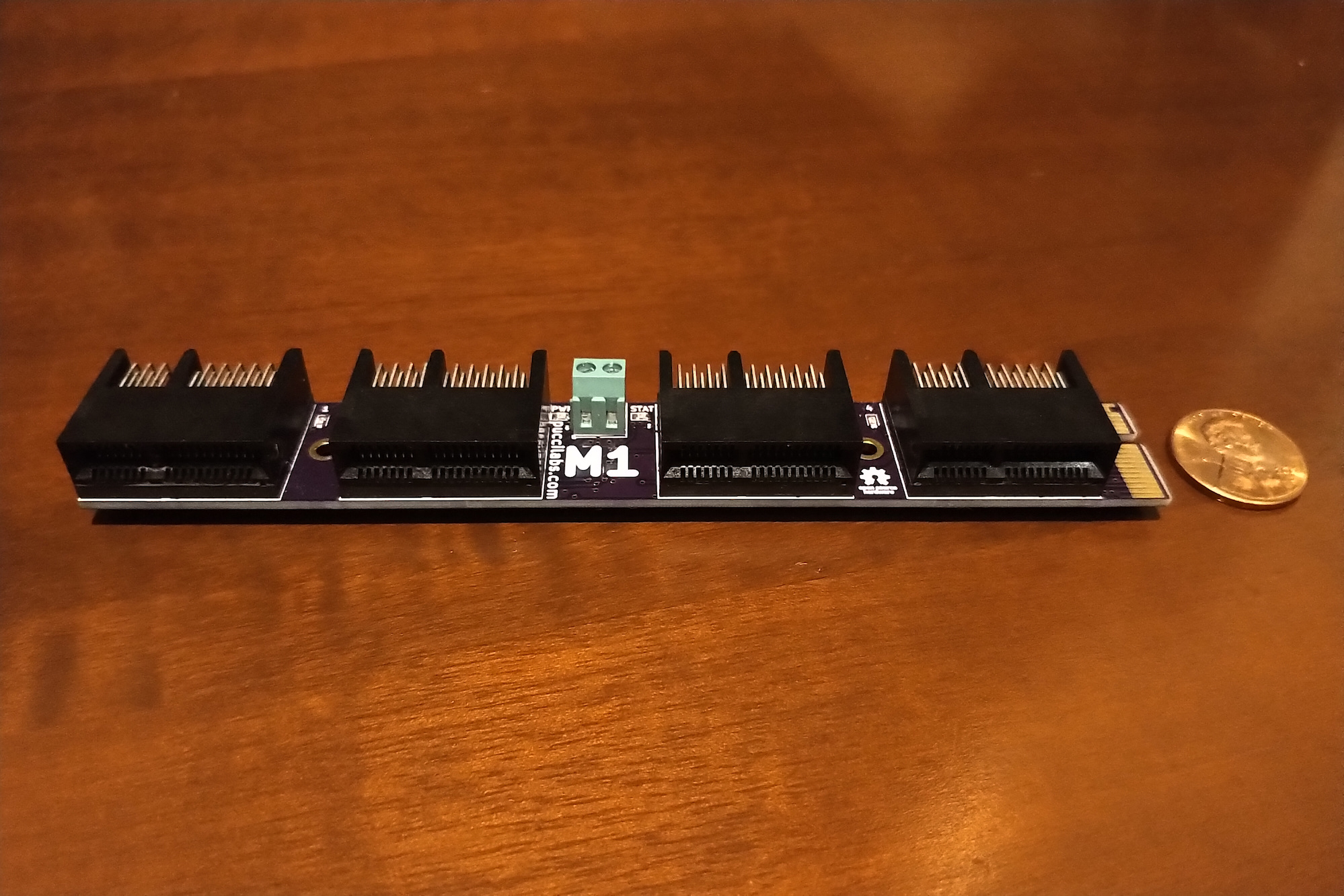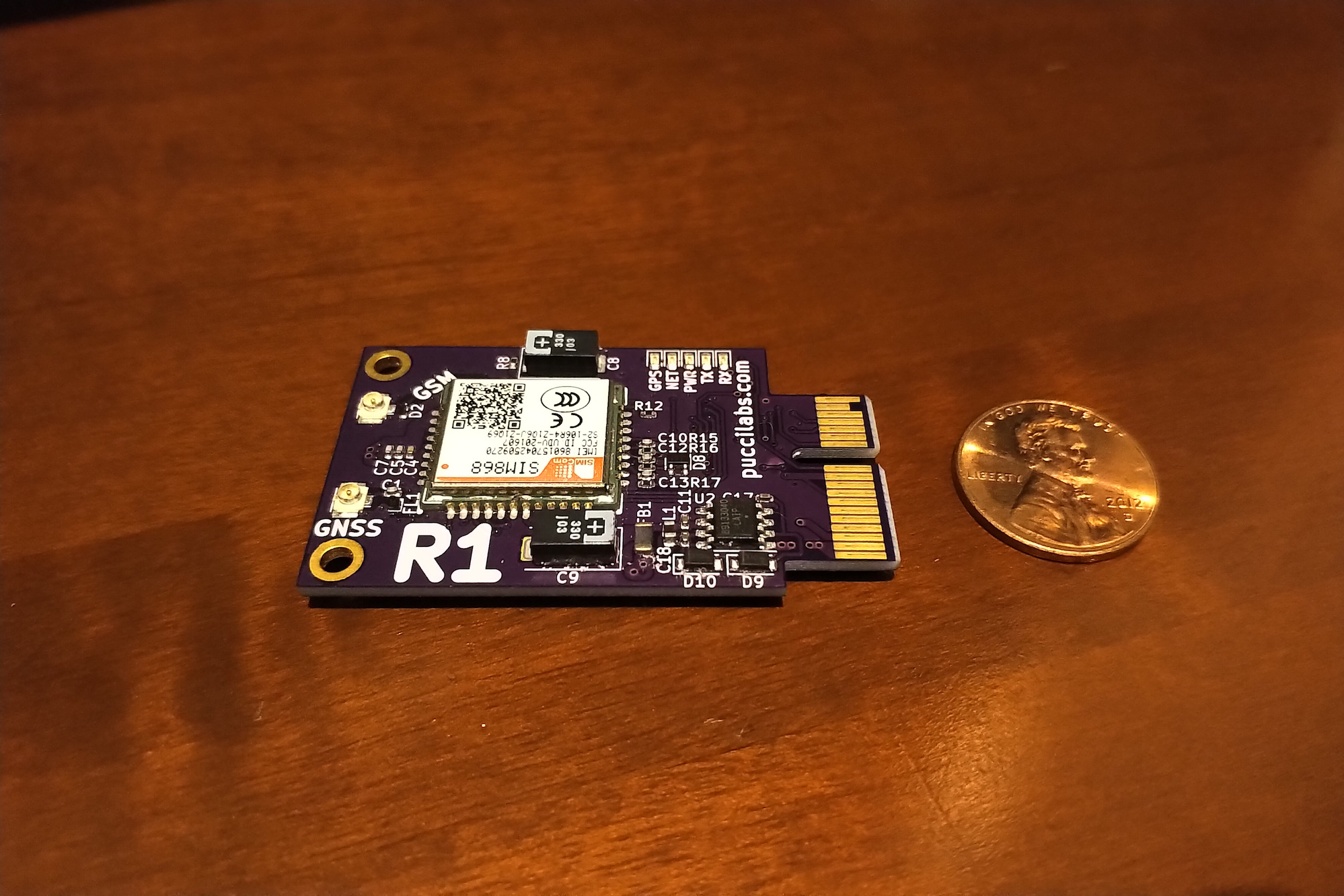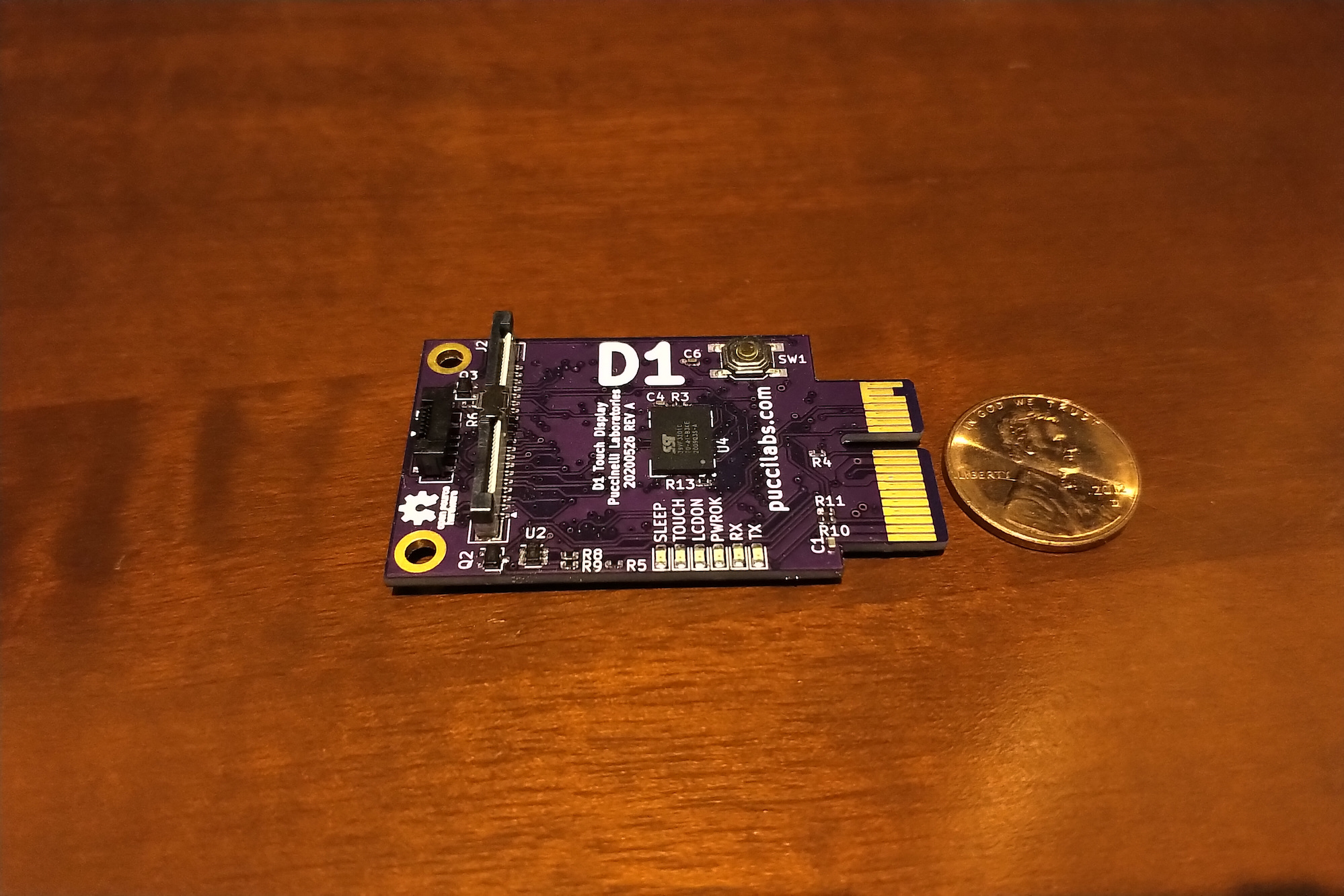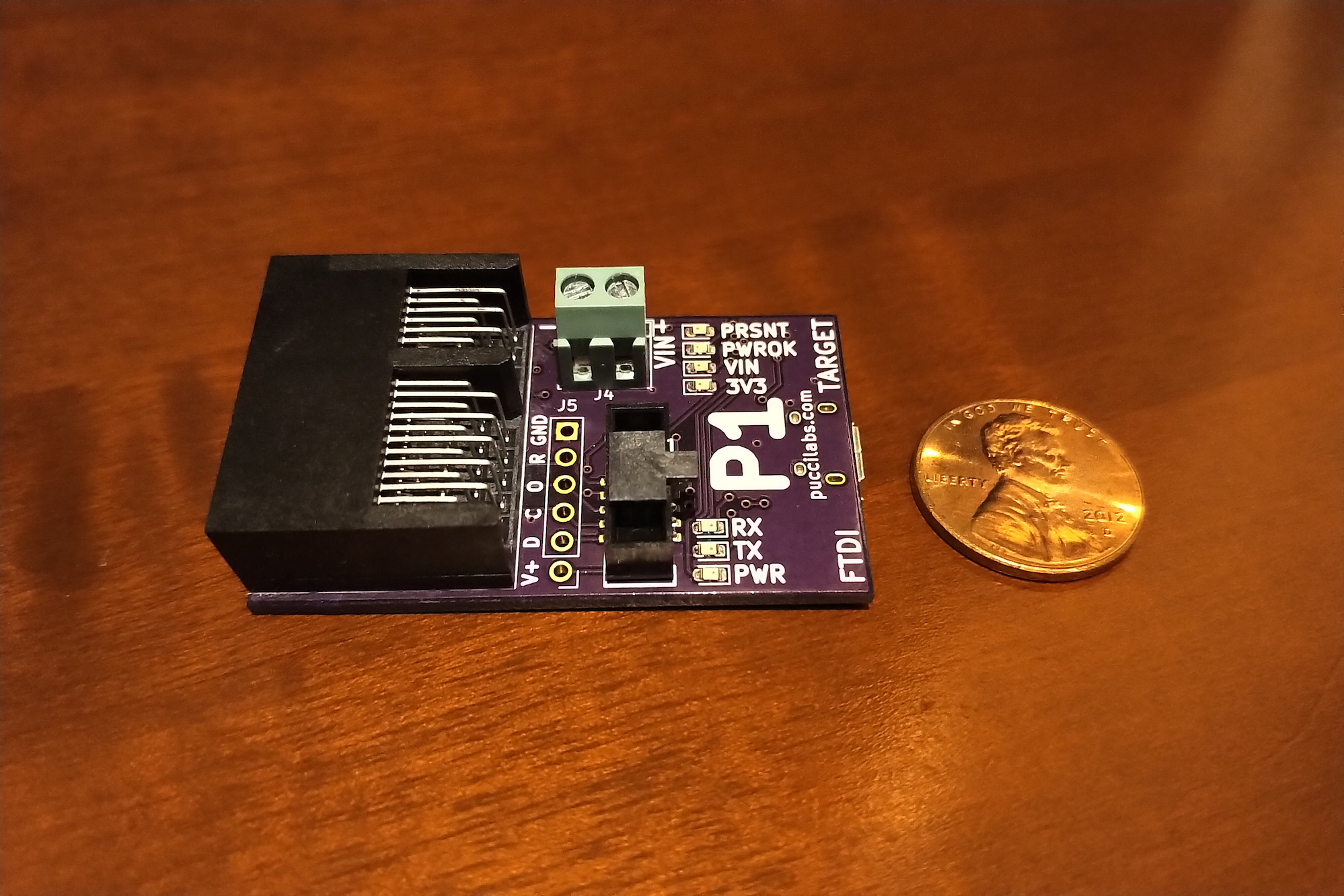Overview
The Vespucci System is a hardware and software ecosystem that is designed to provide real time surveillance of infectious diseases in low resources settings by automating many of the time consuming and technically challenging steps. The hardware platform serves to digitalize point-of-care data such that it can be automatically processed and transmitted to a remote server. It is also modular in design to support any diagnostic assay ranging from a simple fluorescent reader to a fully automated sample processing system through a standard interface. The software platform serves to aggregate and display disease prevalence and localization over time. Disease and localization data is publicly accessible in order to assist local public health agencies with issuing data backed decisions. However, infectious disease data can only be reported through validated and approved assays on the platform. To collect information from experimental assays, users can direct the hardware platform to transmit data to their own database.
Hardware
Vespucci hardware is centered around the concept of modularity so that systems can be modified to meet any hardware requirements while also being repairable or upgradable in the field. A more extensive discussion regarding the design principles and advantages can be found in the Vespucci Hardware Philosophy page.
The hardware is comprised of a barebones mainboard and a variety of modules that can be swapped in or out as needed to extend the functionality of the system. Source files for PCBs are made available as open source as described by the CERN 2.0-S license and can be found on Gitlab at https://gitlab.com/puccilabs/vespucci-pcbs.
Available Modules
M1 Mainboard
The mainboard manages inter-module communication and regulates system power. Variant M1 hosts a STM32F0 in order to support up to four modules.
R1 Radio
The radio is reponsible for data transmission to and from the system. Variant R1 utilizes a SIM868 in order to support 2G/3G cellular communication and GPS/GLONASS services for localization.
D1 Display
The display is responsible for interfacing with the operator. Variant D1 utilizes a STM32F429 to support I2C touch and RGB display connectors.
P1 Programmer
The programmer is a tool for uploading code and testing module functionality. Variant P1 utilizes a FT231X for USB-to-UART communication and includes a SWD interface for programming target modules.
Software
Vespucci software for testing and utilizing the Vespucci system will be made available here as it is developed. It will be licensed as open source under Mozilla Public License 2.0. Currently, the focus of the project is to complete initial hardware designs. The subsequent focus will be to develop Python utilities for the P1 programmer, test the R1 radio using the UART interface, develop firmware for the M1 mainboard and use it to reproduce R1 interface tests, develop firmware for the D1 display.



